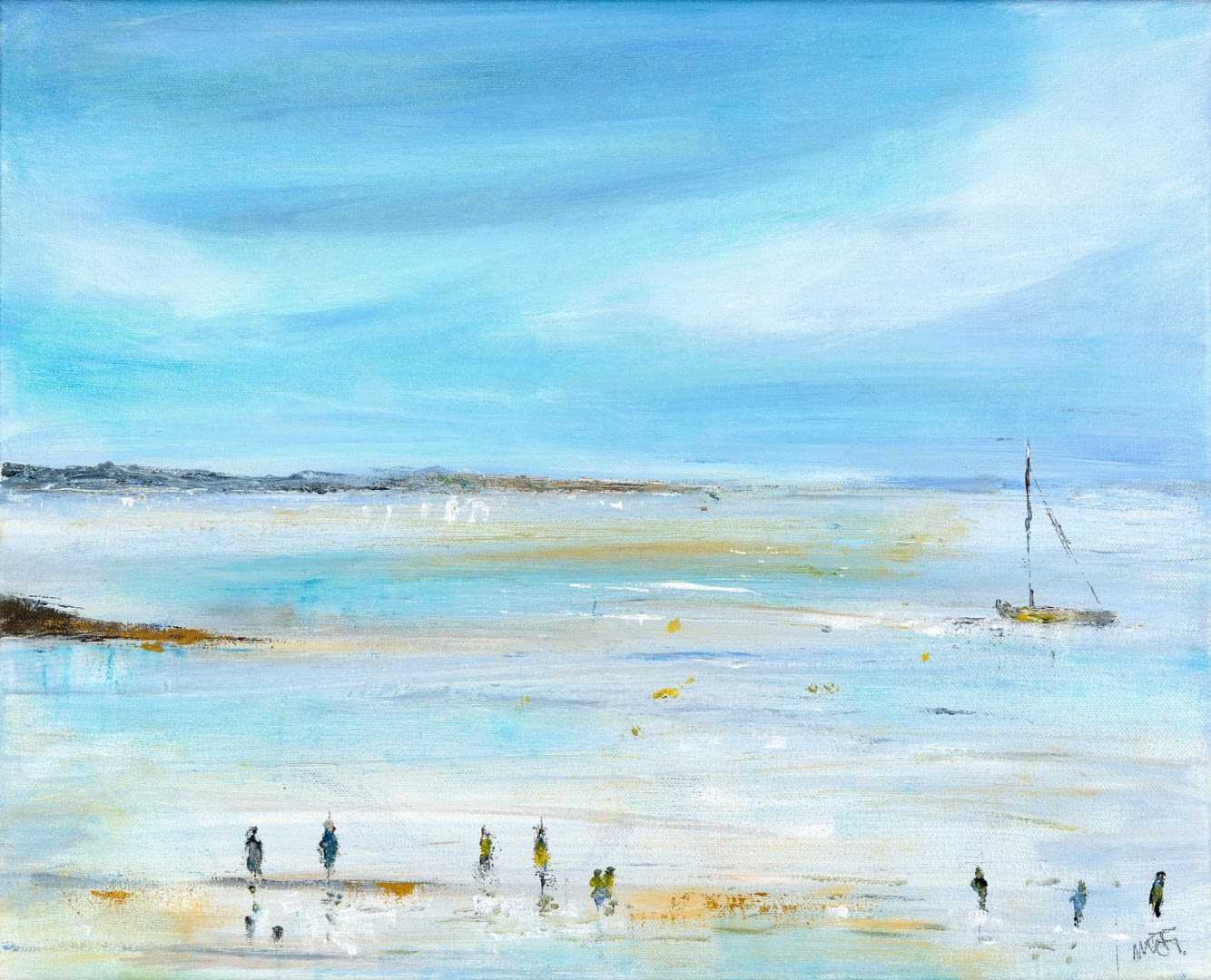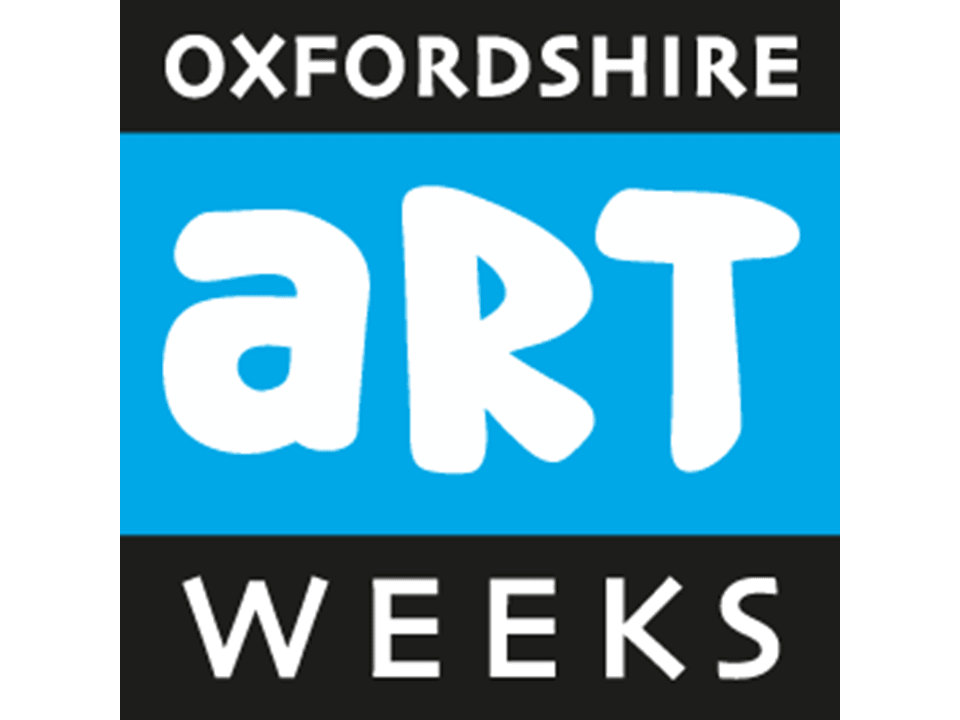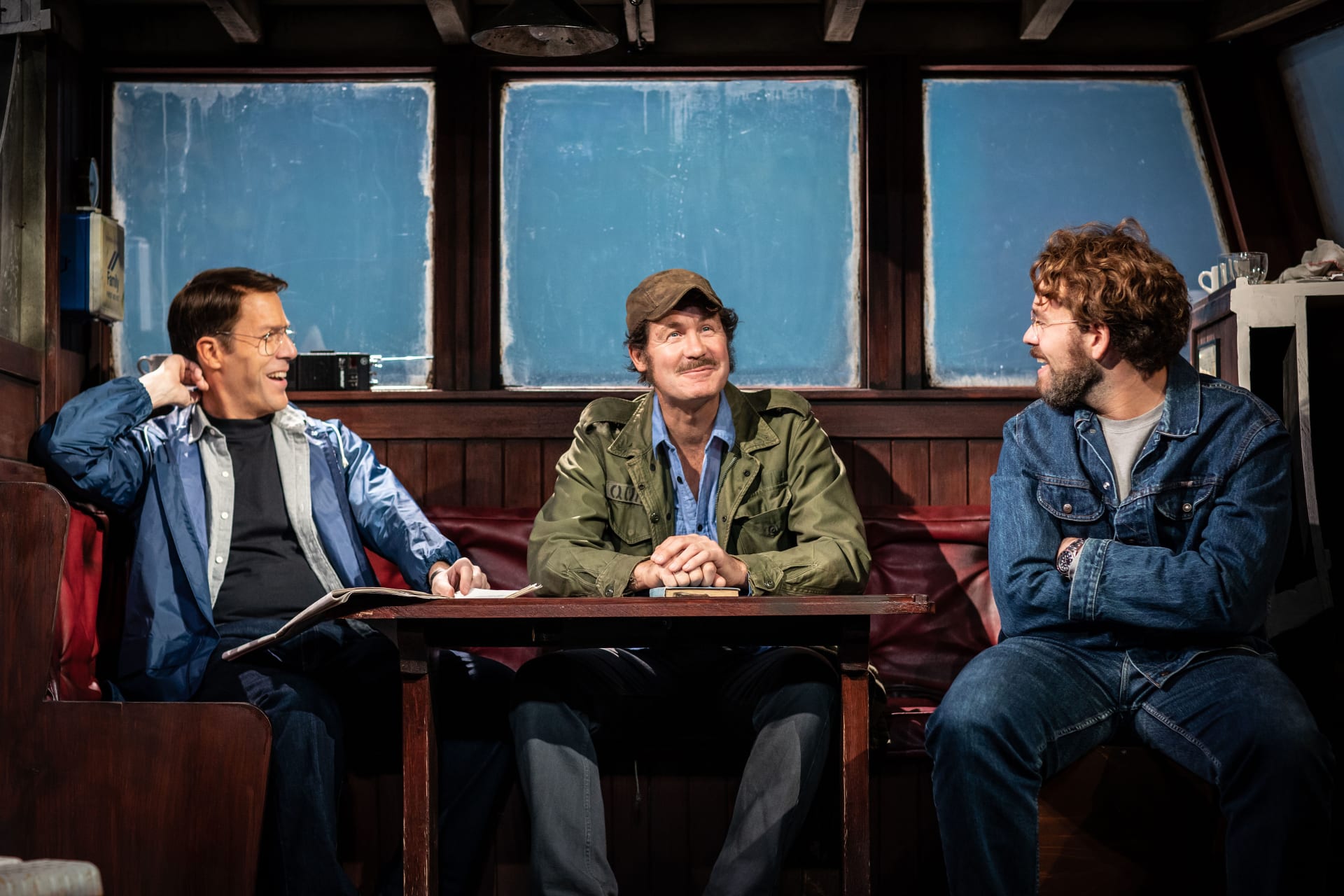As Artweeks bursts into life across Oxfordshire (4th-27th May), hundreds of artists open their studios, inviting you in to see the places where they design and create unique works of art – from delicate jewellery to grace the smallest digit to giant sculpture to dominate a formal garden. And amongst these artists, you can meet photographers who capture memories and motion, panoramas and people with techniques old and new.
Massimiliano Giorgeschi is a professional portrait photographer who loves working with artists of all kinds, from musicians and singers – for album covers, for example – to writers, actors and models in interesting places from London recording studios to rural environments.
“I’m interested in people and what they do. So when I see works of art in exhibitions I always wonder about the person who made it and the story behind particular pieces,” he explains. “I decided to explore the idea further with the camera, visiting artists in their studios and taking pictures of them engrossed in the creative process.” These photos are on show as part of the Bicester Art Network exhibition in the old St Edburg’s school buildings (Artweeks venues 378-381), alongside sculpture and other marvels.
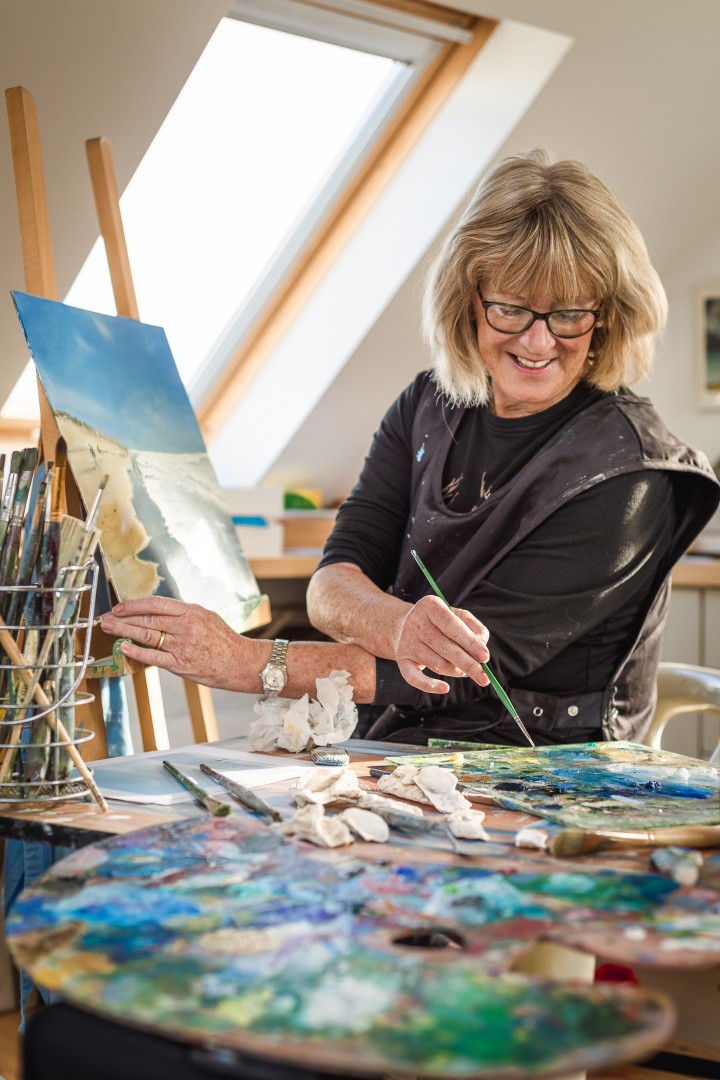
Each portrait is a collaboration between Massimiliano and the artist who welcomed him into their studio, shown in their everyday space, working in a way that represents them. One photo, for example, captures Long Hanborough painter Maureen Gillespie in her charming elevated studio in a beautiful garden (Artweeks venue 393). “It has five windows and so the overwhelming impression when you go is the incredible natural light streaming through into the space,” describes Massimiliano. “It’s as if you are directly under the sky. Besides the rich sweeping country landscapes for which she is known, Maureen celebrates the beauty of the coast with seascapes and although it is very much working space, with art reference books and colourful paint palettes on the surfaces, the studio itself reminded me of a beach hut. It has an open relaxed feel, and in it I could feel the freedom of spirit and the joy that you see in Maureen’s paintings.
“In my photos, I wanted to show Maureen in that moment when she is lost in the act of creation – the deep pleasure she feels is evident. I balanced the neutral calm of the pale walls with the streaming sunshine and the touch of haze, with an edge that brings into the photograph the jewel-of-nature colours which Maureen uses – lots of strong blues and greens, a glorious yellow and rich dark pinks and purples.”
Sculptor Michele Green (exhibiting as part of Bicester Sculpture Group, Artweeks venue 379) is another of the artists Massimiliano has captured, thoughtful, in a moment in time, seen in one shot framed by her trademark pieces. Michele works in a group studio, a large airy space in an old Victorian School with giant windows. “A shared studio has a very different dynamic to it, and it was a challenge to bring the flavour of a much bigger space into the photograph whilst keeping the focus on Michele herself. Because an artist often hides behind their art – they’re usually an unknown quantity behind each piece of art you see – it seemed appropriate that the viewer is almost peering through a couple of her trademark mask-type sculpture to spy the artist in their natural habitat behind the work.”
Photographer Philip King in Oxford is also presenting photographic portraiture uncovering the art of creation in secret studio spaces: he describes how he loves people, and people watching at events and festivals in particular. “You can read so much from the expressions in their faces and I enjoy capturing that essence with a camera,” he explains.
Taking an almost photo-journalistic approach, Philip looks to tell stories with a beginning, middle and an end rather than finding a single iconic shot, although within a mini-series there’s always a key image that defines the person. “Often I find,” he smiles, “that the shot I am most pleased with, which is good artistically and epitomises the person and their environment, is not the one an artist prefers. They tend to prefer one where they are smiling, rather than deep in thought with a furrowed brow whilst working on their artistic composition: not everyone has a flattering concentrating face! I love to capture not just the person and where they are working, but details of the creative process. I really like to capture the real and the absolute every day. When an artisan knows I am coming, even though I ask them not to, they can’t help but tidy up their studios a bit, but the lived-in look is part of the flavour!”
Philip relishes the challenges posed by photographing individuals in their often small workspaces and using only the natural light found inside studios to portray an artist (classical musicians as well as those in the visual arts) and their creative process.
“It’s interesting to see where the light comes from in a studio and then working with that to get a representative shot, showing that contrast between light and dark and telling the story of how that particular artist works, with the person as the focal point yet showing the studio and tiny details of their tools and process too. I love hearing about the way an artist works, and what makes them tick, which is important if I am going to show a balanced portrayal of the whole environment, and it also puts my subject at ease.”
Philip’s series of artist portraits – on show at St Matthew’s Church in South Oxford (Artweeks venue 147) is called Hands, Head and Heart. “There’s a quote by US legal wizard Louis Nizer that ‘A person who works with their hands is a labourer; a person who works with their hands and their brain is a craftsman; but a person who works with their hands and their brain and their heart is an artist’, and that sums up how I see both art and what I am trying to portray in my photos.” It also summarises his own way of working with the camera in his hands, his mind engaged with the practicalities of light and his heart leading the way to that perfect representation of the artist in front of him and their practice.
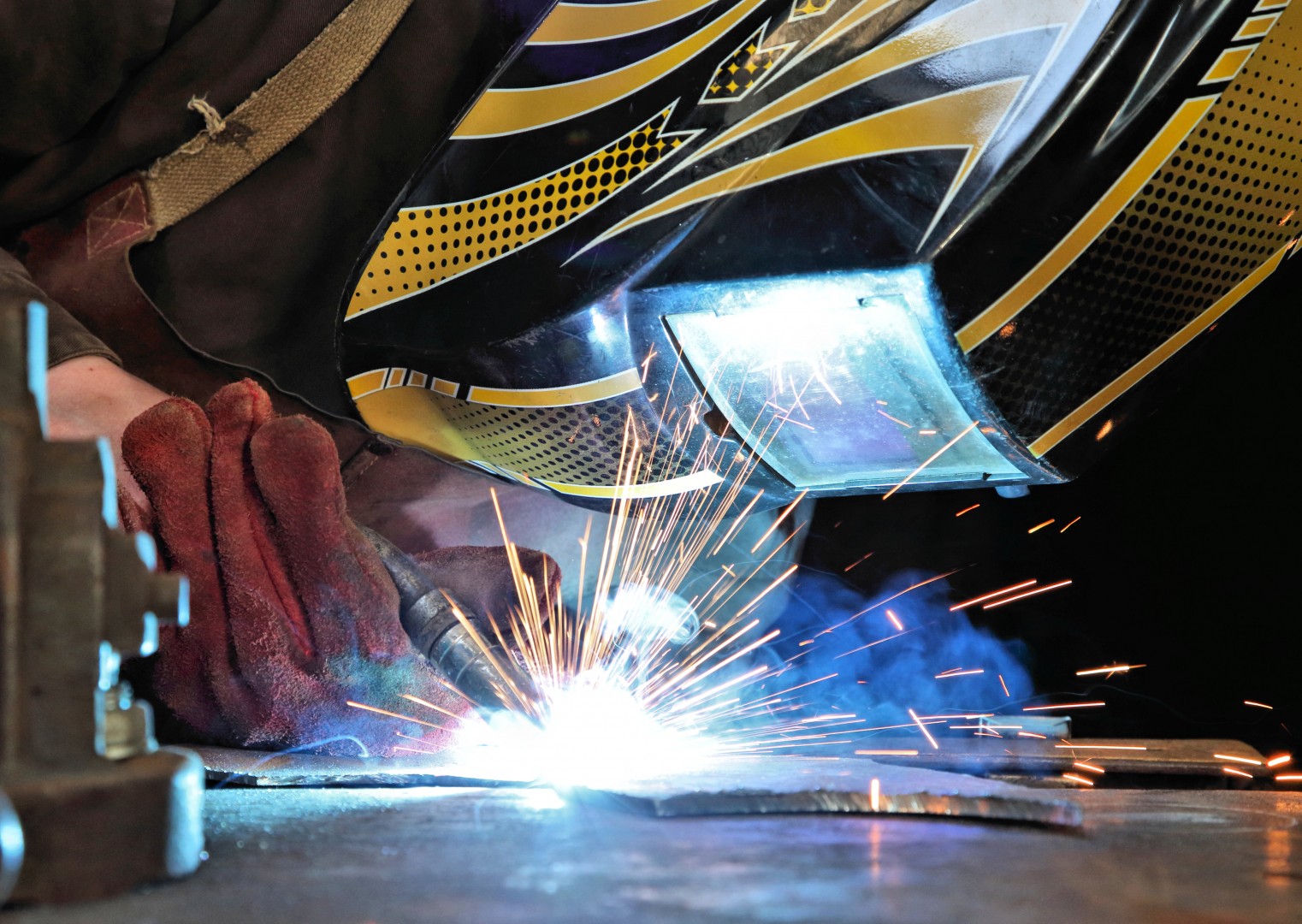
The series show a range of artists from a painter, a potter and a print-maker to a glass artist, a weaver and a hat-maker. It also includes a wonderful insight into the creation of metalwork sculpture. Wallingford-based sculptor Julie Grose is shown in full technicolour glory alongside the red hot glow of metal in the forge (Artweeks venue 267). “It was a fascinating, almost industrial space, big with heavy tools and a giant anvil, so very different from many of the other studios I visited. The sparks when she worked were incredibly photogenic,” chuckles Philip, “as pretty as fireworks and they really did seem to represent her delight in what she’s doing. And although the space itself was quite dimly lit, the light generated during the physical processes generated plenty of illumination. Of course, for the photos she had to wear a mask but posed smiling pictures are rarely as interesting. The dynamism when Julie was in action was incredible and then it was amazing to see the end result – giant flowers or big striking gates.”
To browse the Artweeks and artist studios you can visit during the Oxfordshire Artweeks festival, visit artweeks.org. For more on photographers Massimiliano Giorgeschi and Philip King see maxgiorgeschi.com and flickr.com/photos/muonphil respectively.

